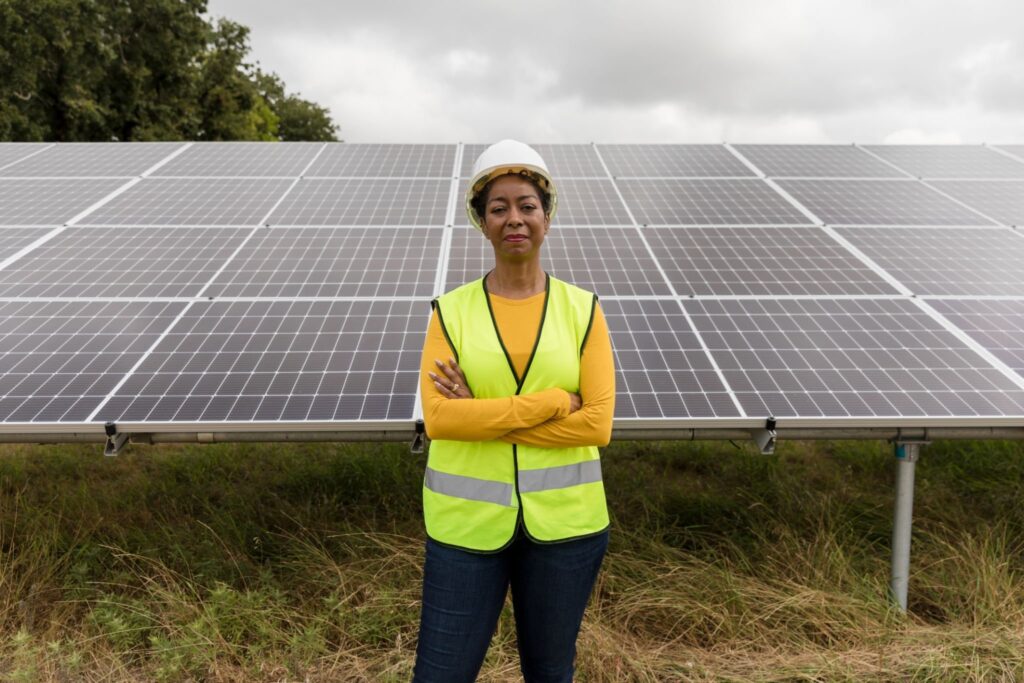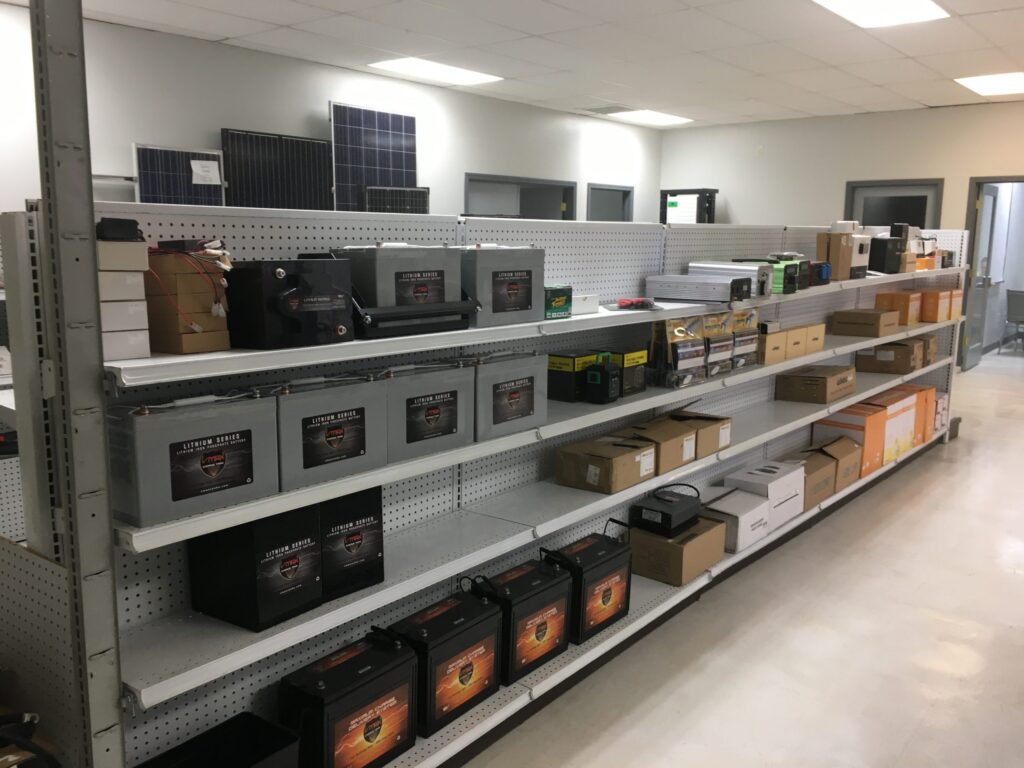Introduction
In today’s rapidly changing world, the importance of sustainable development has become more evident than ever before. To address pressing global challenges such as poverty, inequality, climate change, and environmental degradation, the United Nations introduced the Sustainable Development Goals (SDGs). These 17 interconnected goals provide a roadmap for a sustainable and equitable future. One of the most potent tools to achieve these ambitious goals is youth education. In this comprehensive blog, we will delve into the learning objectives that should guide youth education for the SDGs, shaping informed and empowered global citizens capable of driving positive change.
Learning Objective 1: Awareness and Understanding
The foundation of any education related to the Sustainable Development Goals is to instill awareness and a deep understanding of these goals:
- Introducing the SDGs: Begin by ensuring that young learners are well-acquainted with the 17 SDGs, their specific objectives, and their broader significance. Each goal addresses a unique global challenge, from ending poverty to conserving marine life.
- Interconnectedness: Emphasize the interconnected nature of these goals. Encourage students to recognize that the success of one goal often hinges on progress in others. This approach fosters a holistic understanding of sustainability.
- Local and Global Context: Make the SDGs relevant on both local and global scales. Show how individual and community actions can contribute to global progress while addressing local challenges simultaneously.
Learning Objective 2: Critical Thinking and Problem-Solving
To effectively address the complex and multifaceted challenges the world faces, youth education should cultivate critical thinking and problem-solving skills:
- Analyzing Complex Issues: Encourage students to analyze real-world problems through the lens of the SDGs. This involves considering various perspectives, investigating root causes, and exploring potential solutions.
- Innovative Thinking: Promote creativity and innovation in devising sustainable solutions to challenges. Nurture an entrepreneurial mindset that sees problems as opportunities for positive change.
- Ethical Decision-Making: Guide students in making ethical decisions that weigh the social, environmental, and economic impacts of their choices. Help them develop a strong sense of responsibility towards future generations.
Learning Objective 3: Active Citizenship and Engagement
Youth should be empowered to become active and engaged citizens, participating in efforts to advance the SDGs:
- Community Involvement: Encourage students to take action within their communities. This might involve volunteer work, local initiatives, or advocacy campaigns that align with the SDGs.
- Participation in Global Initiatives: Teach students about international efforts related to the SDGs, such as the Paris Agreement on climate change, and how they can engage in global initiatives.
- Advocacy and Policy Engagement: Equip students with the skills needed to advocate for policy changes at various levels of government. Show them the power of civic engagement in shaping policies that drive sustainable development.
Learning Objective 4: Sustainability Literacy
Promote sustainability literacy as a fundamental component of SDG-focused education:
- Environmental Literacy: Educate students about environmental issues, including climate change, biodiversity loss, deforestation, and resource conservation. Make them aware of the impacts of human activities on the planet.
- Economic and Social Literacy: Help students understand the economic and social dimensions of sustainability, such as poverty reduction, gender equality, inclusive economic growth, and social justice.
- Scientific and Technological Literacy: Familiarize students with scientific and technological advancements that can contribute to sustainable development, such as renewable energy technologies and sustainable agriculture practices.
Learning Objective 5: Empathy and Cultural Competence
Cultivate empathy and cultural competence in students:
- Appreciating Diverse Perspectives: Encourage students to appreciate diverse cultures, experiences, and viewpoints. Emphasize that sustainable development is a global effort, requiring collaboration across borders and cultures.
- Empathy for Vulnerable Communities: Foster empathy for vulnerable communities that are disproportionately affected by poverty, inequality, and environmental challenges. Inspire students to take action to address these issues and advocate for social justice.
Conclusion
Youth education for the Sustainable Development Goals is not merely a means of imparting knowledge; it’s an investment in our shared future. By focusing on these critical learning objectives, educators can equip young learners with the knowledge, skills, and values needed to become informed, engaged, and empathetic global citizens. Empowered with awareness, critical thinking abilities, active citizenship, sustainability literacy, and empathy, the next generation can be the driving force behind positive change. They hold the key to achieving the SDGs and forging a more sustainable, equitable, and prosperous world for all. In educating our youth, we empower the future.




One Comment
Great work. Keep it up